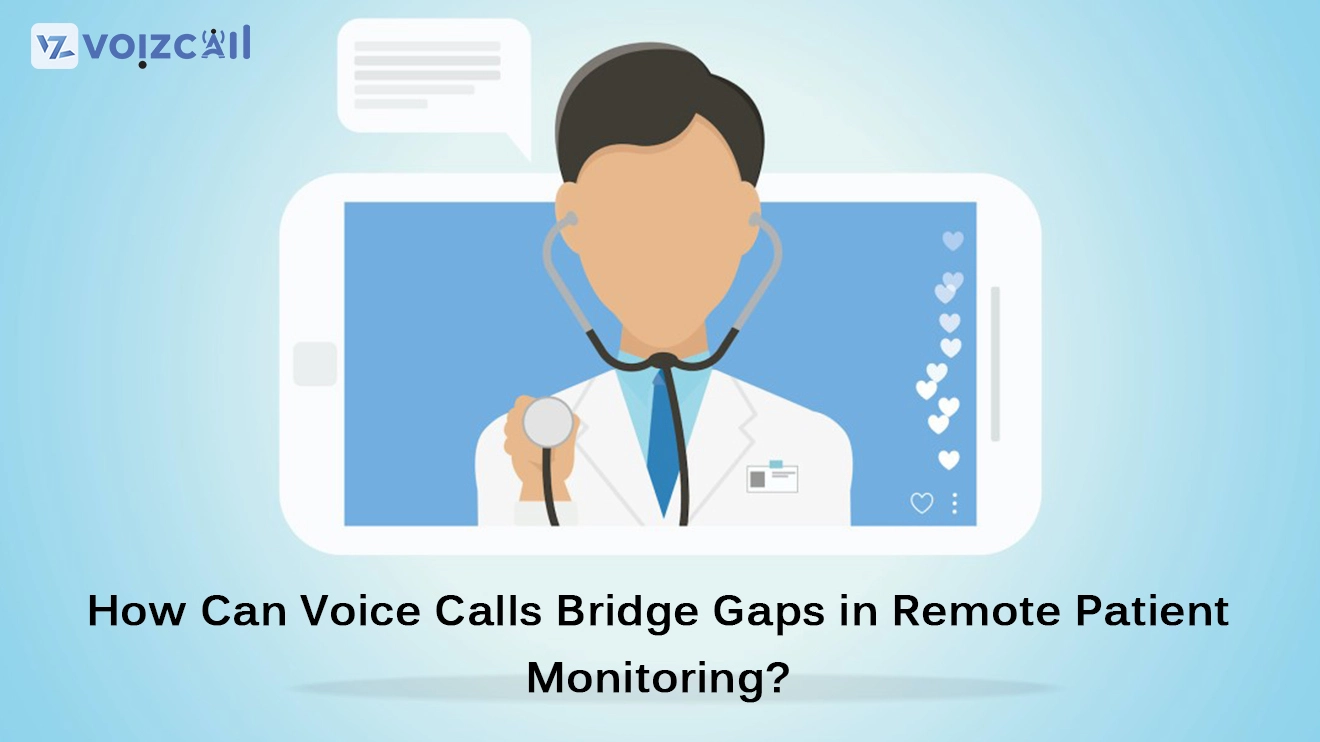


15/Dec/2023
In the rapidly evolving landscape of healthcare, the integration of voice calls into remote patient monitoring emerges as a pivotal solution to bridge gaps and enhance the overall patient care experience.
Remote patient monitoring (RPM) leverages technology to collect patient data outside traditional healthcare settings. While various digital tools contribute to RPM, voice calls play a crucial role in establishing a direct and immediate connection between healthcare providers and patients.
One of the key ways voice calls bridge gaps in RPM is through real-time communication. Patients can articulate their symptoms, concerns, or queries directly to healthcare professionals, fostering a more comprehensive understanding of their health status. This immediacy enables timely interventions and adjustments to treatment plans, promoting proactive healthcare management.
Voice calls also serve as a valuable tool for patient education. Healthcare providers can deliver personalized instructions, explain treatment protocols, and address any misconceptions or questions patients may have. This educational component contributes significantly to patient empowerment, encouraging active participation in their healthcare journey.
Moreover, for patients who may face challenges in using digital health tools, voice calls provide a user-friendly alternative. Elderly individuals or those with limited technological proficiency can benefit from the simplicity and accessibility of voice-based communication, ensuring that remote patient monitoring is inclusive and reaches a broader demographic.
Additionally, voice calls contribute to the humanization of remote healthcare. Establishing a direct verbal connection creates a sense of empathy and trust between patients and healthcare providers, addressing the potential isolation that can accompany remote monitoring.
As we navigate the future of healthcare, the incorporation of voice calls in remote patient monitoring stands as a testament to the ongoing effort to enhance patient-centered care. By leveraging the power of direct communication, healthcare providers can bridge gaps, promote understanding, and ultimately improve health outcomes for patients under remote observation.